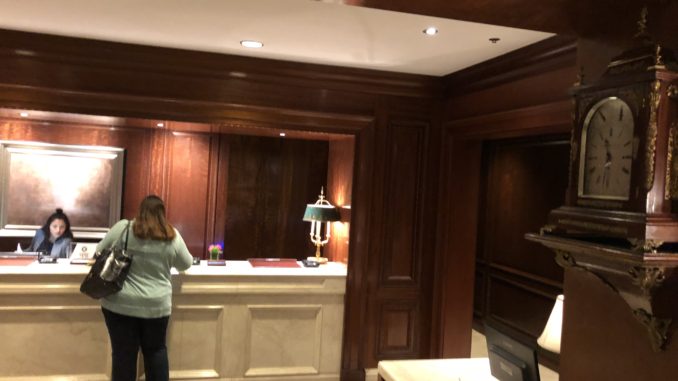
By Jeff Zabin, Managing Editor
Most hotel operators, particularly those with properties in popular destinations, have a lot to celebrate. In the United States, the industry has enjoyed eight straight years of RevPAR growth. Industry analysts agree that the party may be far from over. STR and Tourism Economics predict that U.S. hotel occupancy rates this year will increase to 66 percent, ADR will rise 2.4 percent, and RevPAR will increase 2.7 percent.
The luxury and independent chain segments are expected to report the largest increases in occupancy, according to these research firms, while independent hotels are forecasted to see the most substantial growth in ADR and RevPAR. PwC forecasts occupancy to reach the highest level in more than 35 years.
The steady climb in hotel occupancy rates and record-breaking RevPAR growth continues, albeit at a slower rate, even despite the emergence of some very real challenges to the hotel industry. These include the onerous commission structures imposed by online travel agencies (OTAs) and the effect of Airbnb and smaller online marketplaces operating in the so-called sharing economy.
In addition, there is the simple fact that, in many markets, supply consistently outpaces demand, reducing hotels’ pricing power. Many hotels have been hampered by internal challenges, as well, not the least of which, in some cases, is the limited number of rate codes imposed by legacy property management systems, constraining the number of price points a hotel can offer potential customers.
The widespread adoption of data-driven revenue management strategies and advanced technologies no doubt deserve a lot of the credit. These capabilities make it possible for hotel operators to yield rates more aggressively than ever before. Data is the new oil, as they say, and analytics is the engine that converts the data into increased profitability, as evidenced by these record levels of RevPAR growth.
Until recently, the idea of a revenue manager gazing into the dashboard equivalent of a crystal ball and generating precise demand forecasts for every night of the year across every room type and every guest segment was the stuff of fiction. Now, revenue managers have the tools to generate millions of new forecasts based on analysis of demand forecasts, competitor rates, market conditions, price sensitivities and demand drivers like seasonality, day-of-week differences and market dynamics.
A state-of-the-art solution is capable of generating tens of thousands of optimal pricing decisions on a daily basis, and there is reason to believe that revenue management capabilities will get even better as the analytics continue to evolve.
In fact, according to Starfleet Research, more than half (53 percent) of today’s hotel operators believe that revenue management will become even more automated with further advances in data analytics capabilities. With data access and technology capabilities having evolved over the past several years almost beyond recognition, hotel operators today have the opportunity to achieve the ultimate promise of revenue optimization: to sell the right space at the right price at the right time to the right guest.
Are you an industry thought leader with a point of view on hotel technology that you would like to share with our readers? If so, we invite you to review our editorial guidelines and submit your article for publishing consideration.
